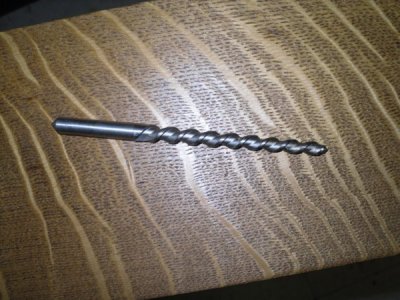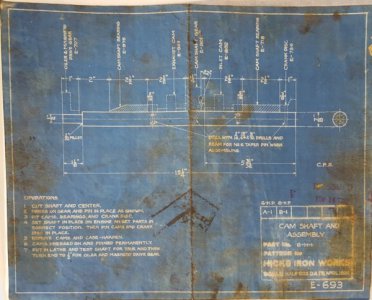- Joined
- Nov 25, 2015
- Messages
- 8,287
It's marked BTC No. 4 HS
HS high speed steel probably but usually HSS.
BTW that's sitting on a drawer front of a cabinet I am refinishing for myself. It was painted. People paint the most beautiful wood. That's after a dark stain to pop the grain and shellac. Nice right?

HS high speed steel probably but usually HSS.
- It's tapered,
- its got a down cut, not an upcut.
BTW that's sitting on a drawer front of a cabinet I am refinishing for myself. It was painted. People paint the most beautiful wood. That's after a dark stain to pop the grain and shellac. Nice right?



